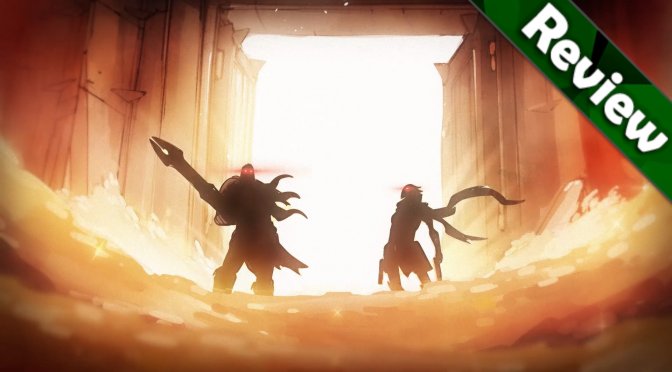Every so often a game comes along that completely redefines the possibilities of its class. Sometimes it just finds a highly innovative use for a simple mechanic, and in other cases invents a new form of gameplay altogether. Either way, players are left floored as they get to explore a whole new frontier of what their favorite genre can do. Well, nothing in the Darksiders series has ever been that game.
Instead, the main selling point of the Darksiders franchise has always been how well they replicate classic mechanics from the hack-‘n-slash genre. Whatever their faults, the gameplay in Darksiders I through III always had a robust and well-rounded action-adventure title at their core.
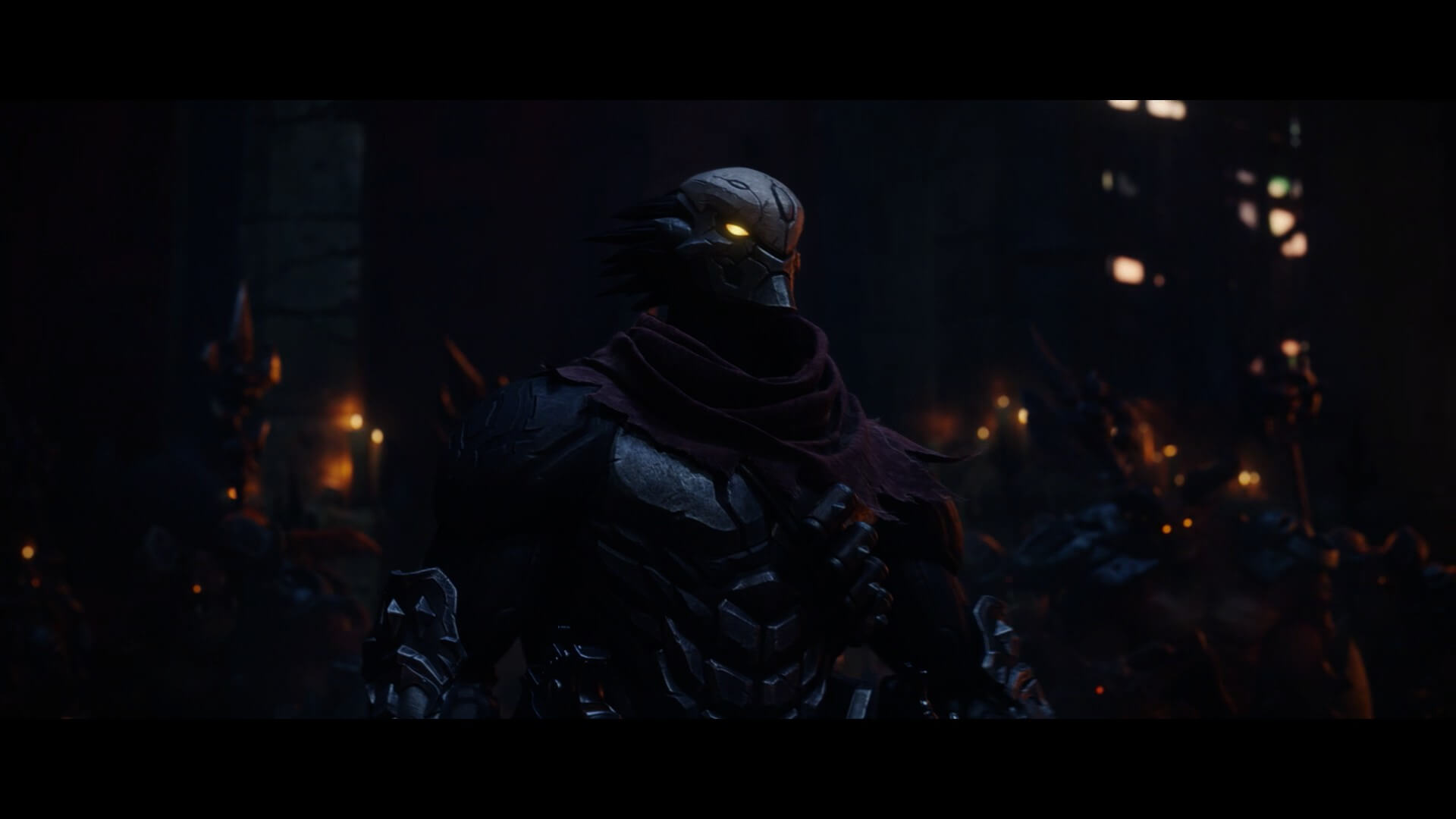
Therefore, I find myself with serious misgivings when it comes to Darksiders Genesis. Developers, Airship Syndicate, made a substantial departure from the third-person, Zelda-inspired excellence of previous entries, and opted instead for an isometric, dungeon-crawler design. Unfortunately, Genesis fails to commit towards this new direction in several important ways which not only makes it difficult to recommend over other, more established games of this sort, but also risks alienating its current fanbase.
To Hell and Back
Never have I played a Darksiders game and felt like I was clear on what was happening with the story, and Genesis is hardly an exception. I will admit this game is perhaps easier to follow than previous titles, but then again a fractured femur is also ‘easier’ than a fractured skull. Most of the time I was still lost despite this being a series first with a codex containing characters and events in the world.
What I eventually learned (after enough research on the Darksiders Wiki to award a PhD) is that Genesis is a prequel to the first game, though I have yet to discover what exactly ‘Genesis’ in the title refers to. Anyway, the story follows two of the Four Horsemen of the Apocalypse – War, and newcomer Strife – on their mission to confront none other than Lucifer himself in the realm of Hell.
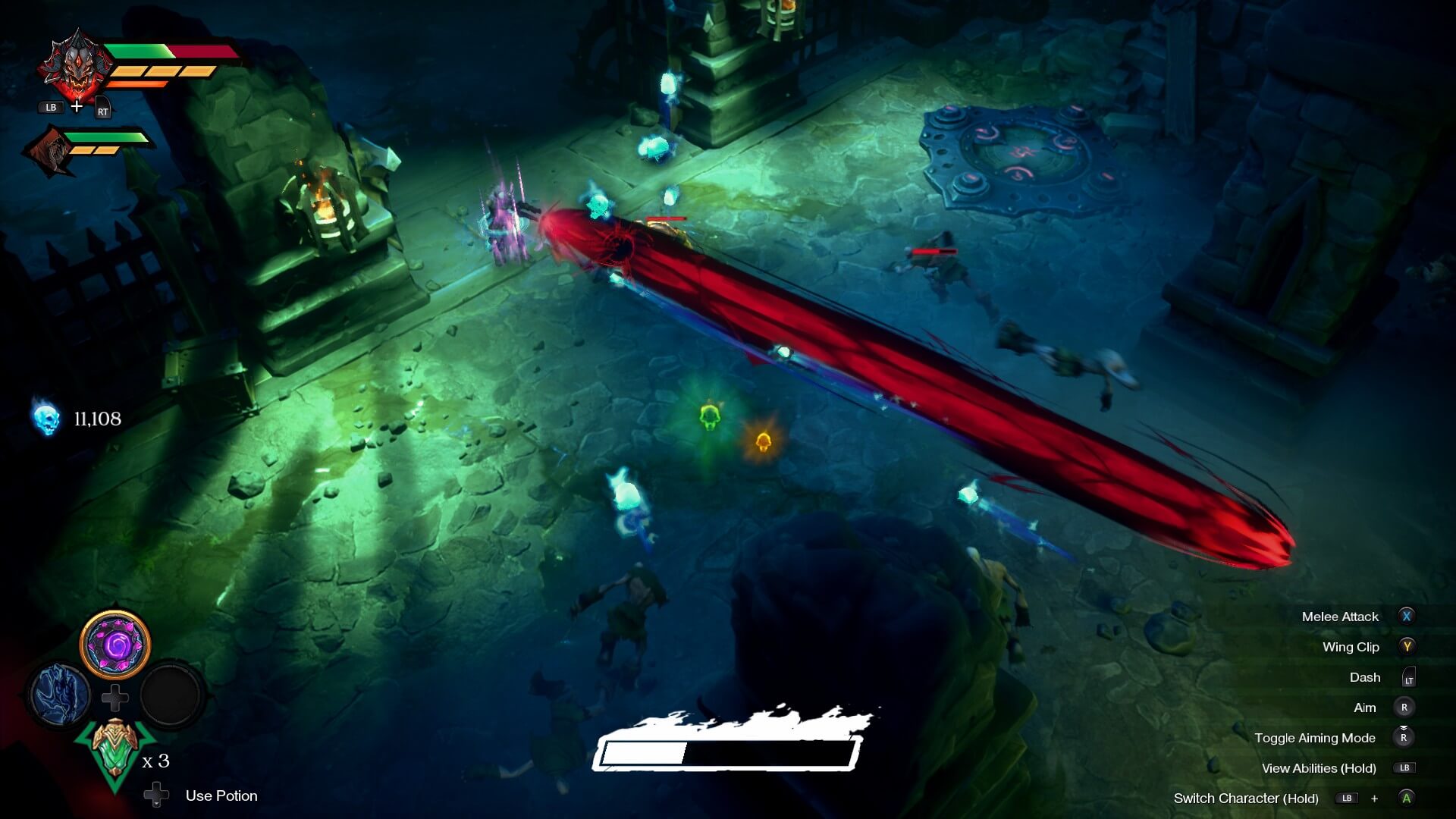
For the unacquainted, The Four Horsemen are enforcers of the Charred Council – a powerful entity set with the task of ensuring a balance between the realms of Heaven, Hell, and The Kingdom of Mankind. In Genesis, it seems the demon lord Lucifer, naughty boy, has secretly been smuggling powerful artifacts out of Eden as favours to four lesser demon lords residing in Hell.
The Charred Council therefore sends War and Strife to see what ol’ Lucy is up to since they fear the demon overlord could represent a serious threat to the balance if left to his own devices. As you’d expect, the two Horsemen yet again find themselves in the midst of a theological soap opera in which every step closer to Lucifer adds increasing complexity to their mission.
The game is as such divided into 16 chapters where the player completes one dungeon mission to the next with puzzles, boss fights, secrets and loot to gather – it is the classic dungeon crawler modus operandi, really. You don’t have to complete missions to save your progress, thankfully, as the game will happily drop you right back where you left off.
In the hub world between missions, players yet again have the option to trade currency with one of my favourite characters, Vulgrim, and his new accomplice, Dis, for all sorts of damage perks and combat moves. The classic arena mode also returns where facing off against several waves of enemies in one session allows players to hone their combat skill, but also to farm currency like souls and creature cores.
Literally between angels and demons
Genesis is a unique entry not just for the withdrawn isometric camera, but also for having two, playable horsemen for the first time in one game. Throughout all the dungeons and areas of Hell to explore, there is always the option to switch instantly between either Strife or War. This holds true even for boss fights, and two players also have the option of joining up as co-op partners.
From a single-player perspective, the interchangeable nature of the Horsemen adds substantial variety in combat. I soon learnt that War specifically deals the best damage through melee strikes when getting close and personal with his colossal sword. A surprising number of older combos and attacks from Darksiders have accompanied War’s appearance here, which gave the gameplay a pleasant, nostalgic edge during the moments I switched to him.
Strife, on the other hand, is the ninja of the duo with quicker and more agile sword moves, and they go with a choice of several ranged attacks from his guns. It is upon switching to Strife that the gameplay in Genesis begins to lean towards the more classic, ‘bullet hell’ type shooter. Strife can also use several different types of ammo, but the charge shot and the ‘laser beam’ remained my best friends for the most part.
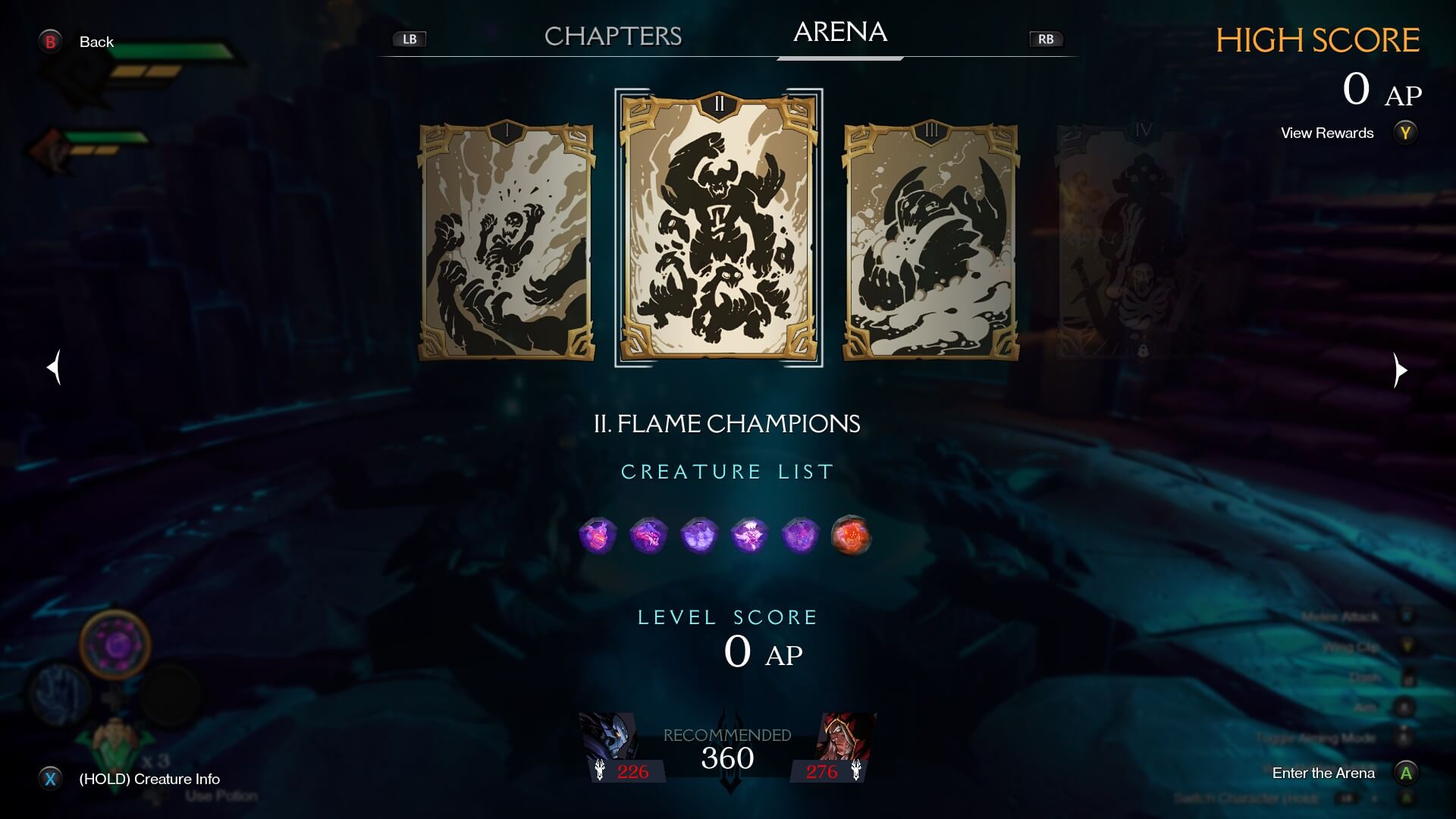
My general take-away from the combat is that it plays… fine I guess. The combos offer a decent variety of attack possibilities, and the option to swap between two protagonists ensured I always had access to an alternate strategy to mix things up. Unfortunately, it is when comparing this system to others in this genre that the shortcomings in Genesis’s structure go from tolerable, to infuriating.
On those sticky points
My main issue with Darksiders Genesis is how it feels suspended between two genres. It plays like a classic in the original series by THQ Nordic, but it is as if Airship Syndicate decided at the last minute that Genesis should be an isometric action game, so they shifted the camera angle without fine-tuning the rest. The result is an ill-fitting entry in this series which has feet on both sides of the fence without ever achieving a firm foothold in either.
Take the environments and graphics for example. Genesis is practically just as gorgeous as any previous, non-isometric Darksiders game, and levels have a similar flat and expansive design. However, War and Strife often became obscured behind certain environmental objects, which adds to the nagging feeling that the gameplay wasn’t really designed with this camera angle in mind. Moreover, War and Strife are not visually distinct enough to tell them apart at this camera distance (even on my 24 inch monitor), which occasionally led me to forget who I was controlling.
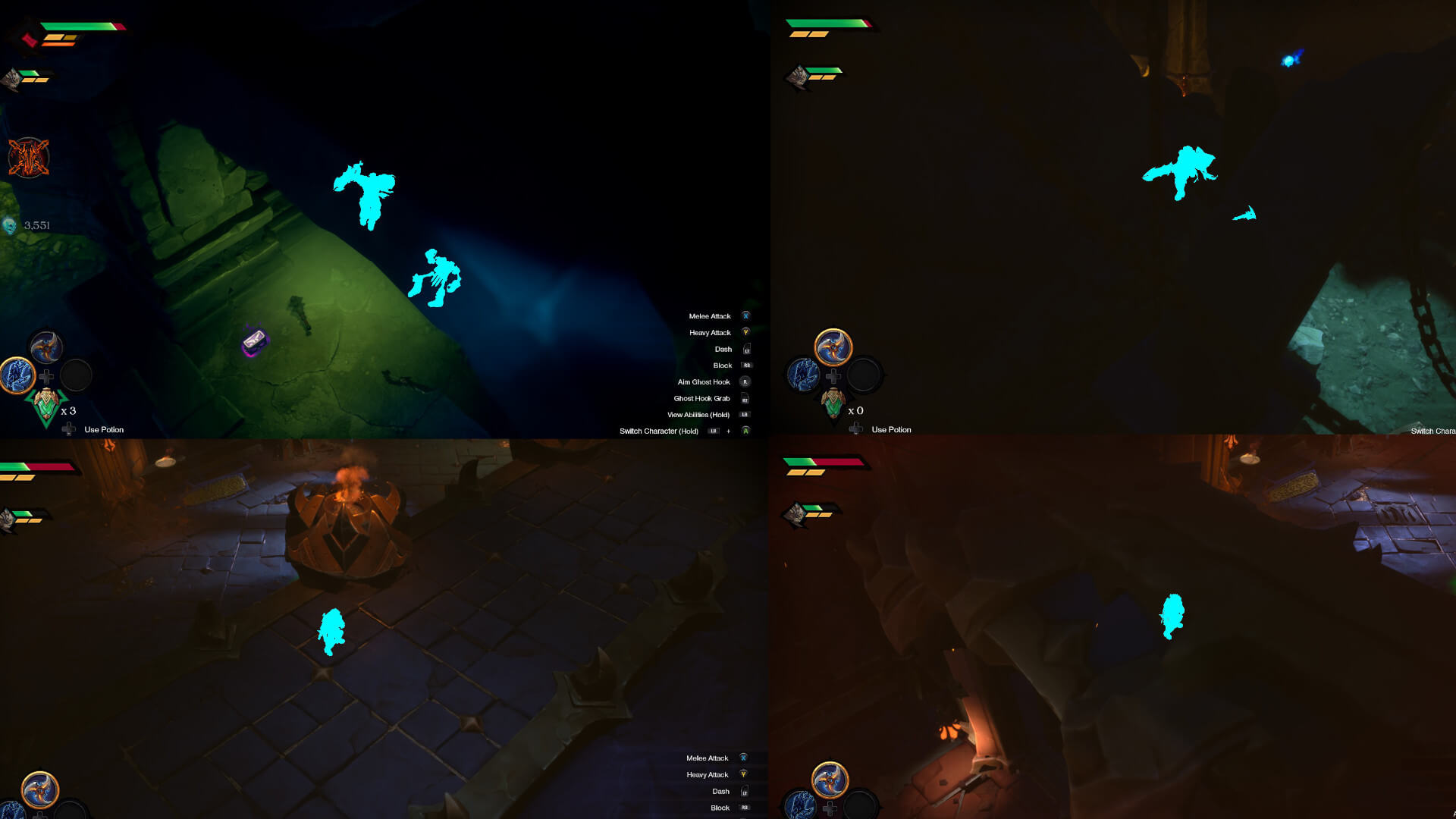
I know fans of the game have been very vocal about the fact that Genesis is not trying to be Diablo… but perhaps Airship Syndicate should learn a thing or two from Blizzard. Diablo III is a masterclass in isometric level design with paths that curve in on themselves to imbue the game’s dungeons with a unique sense of verticality and depth. In Genesis, however, levels feel more flat and linear, which robs much of the incentive to explore.
The combat mechanics also makes me question if this viewing angle was the right choice for Genesis. The biggest advantage of having a withdrawn perspective is that the player can visually appreciate their character’s badass moves more holistically. You feel empowered as you get a full view of how the protagonist’s fighting affects everything in their surroundings.
To my dismay, War and Strife feel pathetically underpowered. On normal difficulty War chops like a maniac at even the weaker enemies only for their health bars to drain at a complete snail’s pace. You’d think his sword is made out of cardboard.
Unfortunately, Strife is even worse. In a game that was supposed to be his debut, I actually preferred to avoid playing as Strife because he is agonizingly ineffective in close quarter fighting. Occasionally I only managed to win with Strife because certain enemies glitched or got stuck on environmental objects. Thank heavens he has guns.
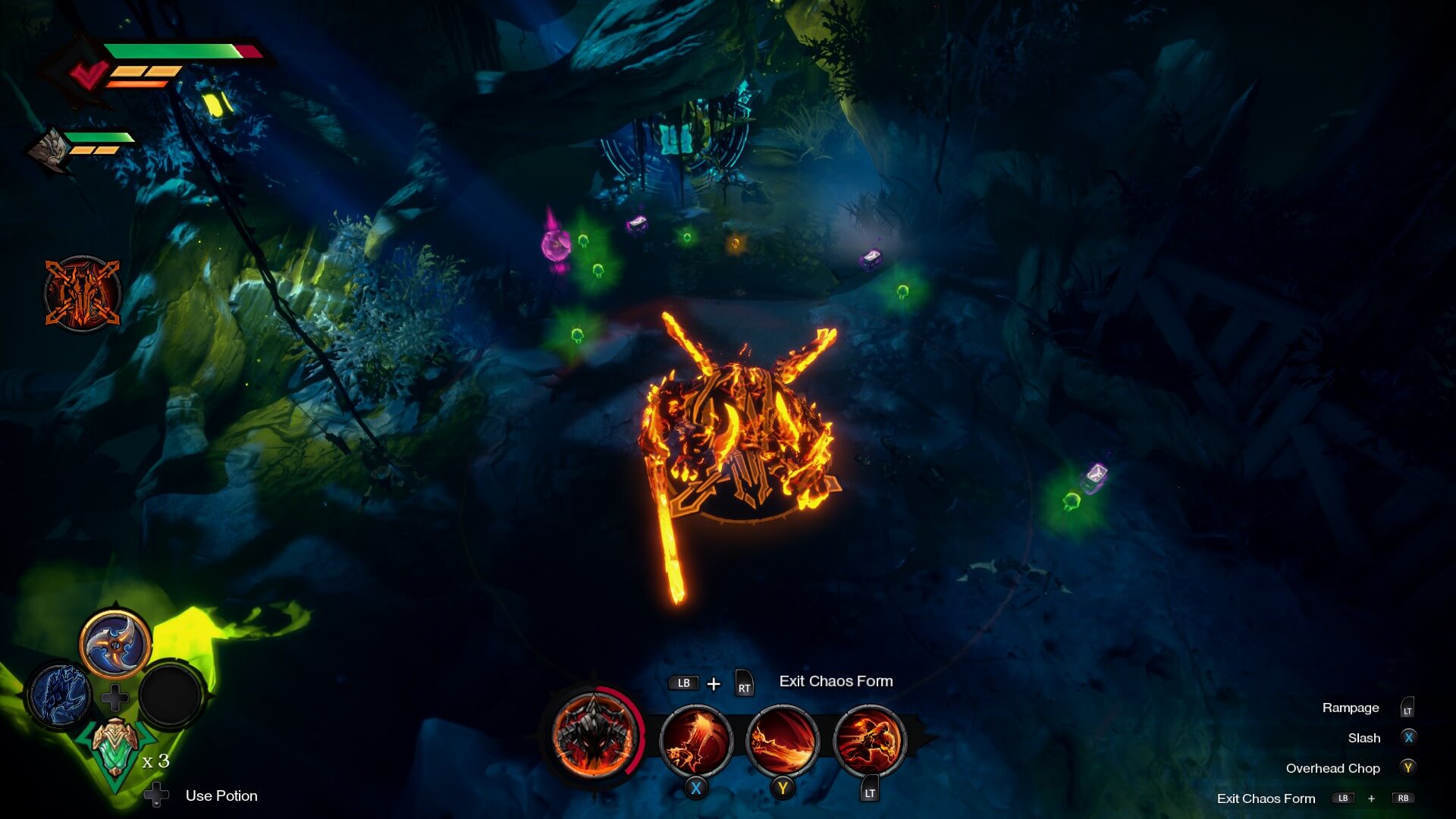
This type of gameplay would have been more suitable for a traditional, third-person hack-‘n-slash game where stats are less important than timing and fighting techniques. To combine this kind of combat with an isometric game seems like forcing a square peg into a round hole.
The rough in the diamond
So the task is therefore to explore dungeons, find loot, grind it out in the arena, and then buff up your character, right? The thing is that loot in Darksiders Genesis is just so boring.
The loot that I did discover throughout my incessant explorations of all the dungeons felt like it had a very limited impact on gameplay. Enemies mostly drop health, ammo or souls, and I never felt like I stumbled upon those truly rare or worthy items. Even the bigger bits of loot mostly felt like they added negligible increments to War and Strife’s stats.
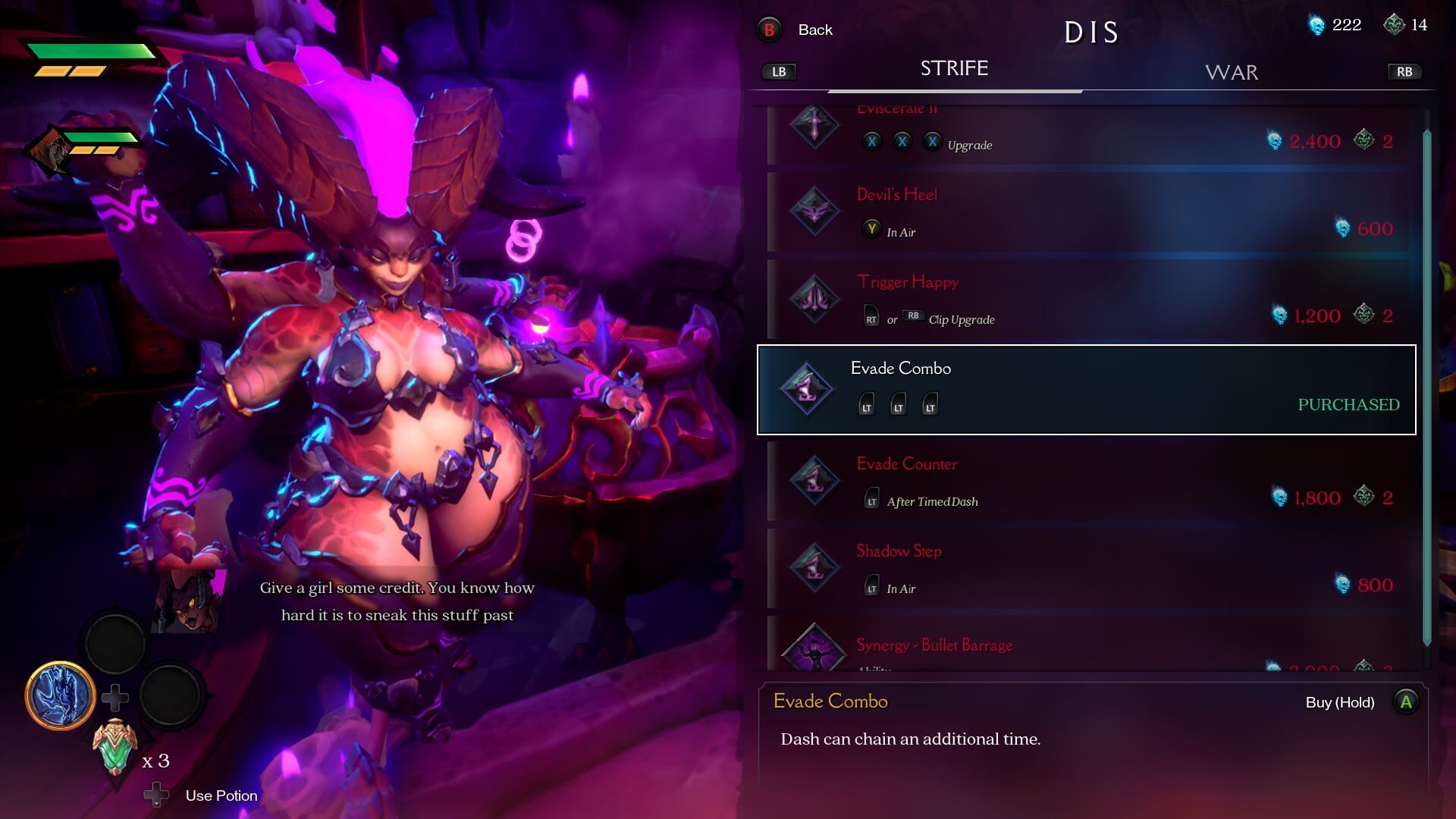
A varied and robust loot system is an utterly crucial component of all dungeon-crawlers, and the rather limited variety in Genesis shows how the player can loose the desire to explore when there is little to no rewards for doing so.
Also, don’t get me started on the terribly-designed skill tree and the creature cores I mentioned earlier. I’ll just say it is dumb, it is unintuitive, and it felt like a chore to use.
Back to the drawing board then
Frankly, I am not the biggest fan of isometric ARPG’s. It just happens to be a genre I inexplicably neglected in my repertoire as a gamer, and all I can put down as experience is Diablo III, and some light dabbling in the Divinity series. The faults in Genesis are probably more obvious to me than players who have more patience and interest in this area of gaming.
I am, however, utterly fanatical about Darksiders, and I am sorely disappointed that this was how they chose to give Strife his debut. He was the most mysterious and most anticipated horseman for players to meet, and Genesis fails to do his introduction to the series justice in comparison with earlier entries.
As a long-time fanboy, I need to be honest and say Genesis abandons too much of what made previous games enjoyable. I feel absolutely no connection to it.
Yet, Genesis cannot rightly be called a terrible game. ‘Tragically forgettable’ is perhaps the defining phrase I would use. If not for the withdrawn camera and lackluster dungeon crawling, Genesis could have made a decent hack-‘n-slash title. It’s moment of failure is trying to squash this series into an isometric action mould: It simply doesn’t fit.
![]()
- Nice graphics
- Great voice cast
- Great settings
- Arena mode
- Boss fights
![]()
-
- Lackluster loot
- Buggy combat
- Repetitive enemies
- Strife’s debut
- Too different from series
PC Specs: Windows 10 64-bit computer using Nvidia GTX 1070, i5 4690K CPU, 16GB RAM – Played using an XBox One controller
Pieter hails all the way from the tip of southern Africa and suffers from serious PC technophilia. Therapists say it is incurable. Now he has to remind himself constantly that gaming doesn’t count as a religion even if DRM is the devil. Thankfully, writing reviews sometimes helps with the worst symptoms.

